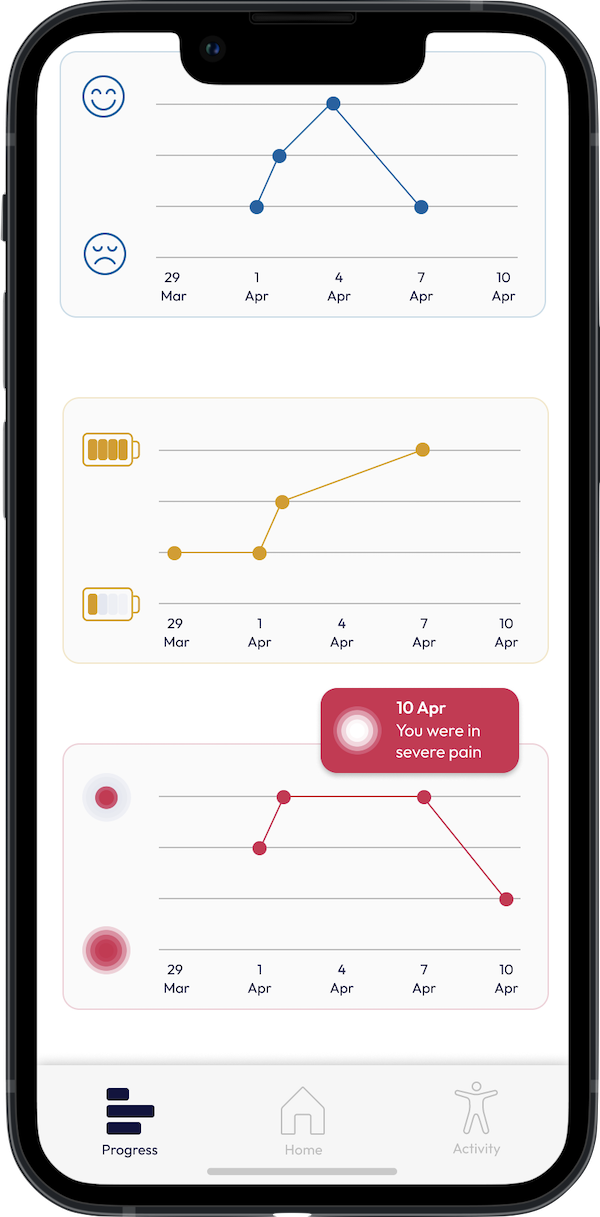
Pain is something that we can’t live without. It is an evolutionary defence mechanism that has the power to both impair and strengthen us. Unfortunately post-stroke pain is often more debilitating than it is fortifying. Here we discuss types of pain and outline approaches to management.
There are two broad types of pain: nociceptive and neuropathic. The interaction between the physical component of pain and the psychological component determines its intensity.
Nociceptive pain is typically caused by tissue damage and it is what we commonly identify with. It’s is associated with a range of conditions and is treated with drugs that include paracetamol, anti-inflammatories (ibuprofen) and opioids (codeine, morphine). Pain is usually localised to the area of injury and tends to be proportional to the degree of injury. This is why breaking your ankle hurts a whole lot more than stubbing your toe.
Stroke can cause increased tone, making muscles tight and stiff. If muscle tightness isn’t relieved, elasticity may be lost leading to permanent shortening of the muscle fibres, known as a contracture. Another common musculoskeletal injury is shoulder subluxation, where the arm drops out of the shoulder socket. This all sounds very alarming but you can mitigate the risk of these complications with regular activity. Rewire has workouts appropriate for every level of function, including exercises to be performed with assistance. There is even adapted yoga, providing a fun way to stay supple.
Neuropathic pain is caused by nerve cell dysfunction and is more complex. Descriptions of neuropathic pain are often more florid than those associated with tissue injury and may be characterised as ‘burning’, ‘stabbing’ or ‘shooting’. Inflicting this kind of damage, it is no wonder neuropathic pain is so difficult to treat.
If you experience neuropathic pain after stroke, rest assured that there are management options. Medications target nerves that transmit pain signals and include drugs such as amitriptyline and pregabalin. To address the psychological component of pain, you can try things like mindfulness and yoga. Rewire offers a four part series on pain management designed to help you better understand your pain and change your relationship with it. Doing things that you enjoy can reduce the intensity of pain since there is a relationship between pain and low mood.
Tracking pain over time makes it easier to spot patterns and can provide clinicians with data to inform treatment decisions.
Another useful tool that Rewire offers is the ability to monitor how you’re feeling. Rewire has self-assessments for mood, fatigue and pain. Tracking these over time makes it easier to spot patterns and can provide clinicians with useful data to inform treatment decisions. This means that your doctor can intervene early before pain escalates and becomes a chronic issue.

Your experience of pain after stroke will be unique. However, pain is a unifying experience and while others may not be able to feel your pain, they can identify with it. You may need different tools to help manage your pain but essential to every strategy is people. Talk, share your stories and in your pain find strength.